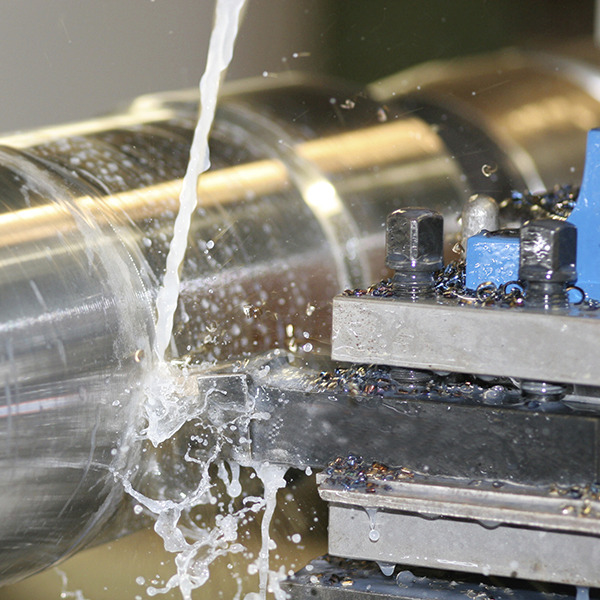Fabrications
R&M Sales is experienced with many types of metal fabrications, with a wide variety of metals including aluminum, bronze, carbon steel, copper, iron, stainless steel and steel.
Fabrications are value added products assembled with raw or semi-finished materials instead of readymade parts. Welding, cutting, machining and forming are processes that may be needed to fabricate a product. The equipment required can be quite costly for customers to do in-house. Common materials used in fabrications are plate steel, castings & bar stock. They are custom built products and are used in any industry.

Aluminum
Aluminum is a lightweight material that is 100% recyclable. It used when high-strength and durability is most important. With the addition of elements such as: silicon, magnesium, copper, zinc or lithium, aluminum can be as strong, if not stronger than some steel, at 1/3 of the weight. The strongest aluminum alloy is the 7000 series which can achieve strengths exceeding 72,000 pounds per square inch.
Bronze
Bronze can range from 50-90% copper depending on the addition of other alloys, some of which include: tin, lead, manganese, silicon, aluminum and zinc. These additions produce a material with more machinability and ductility than copper alone. It resists corrosion and does not oxidize beyond the surface. In comparison to steel, it has better material fatigue, heat and electrical conduction. The cost is significantly more than steel.
Copper
Copper is used as a conductor of electricity and heat due to its electrical and thermal conductivity properties. It has no reaction to water making it suitable for potable water applications. It is a soft material with extreme malleability and ductility. The surface will oxidize and produce a protective layer inhibiting further corrosion. Copper can be alloyed to achieve materials for almost any application.
Iron
Iron is one of earth’s most abundant resources. It is alloyed to produce a multitude of industrial grade materials with primary focus on tensile & yield strength along with elongation. Iron is reactive to oxygen and water leading to rust if a protective coating is not applied.
Steel
Steel is produced by oxygenating iron to remove a high percentage of carbon and eliminate impurities. It can be left with up to 2% of it’s weight in carbon content. Alloys aid in increasing strength but in doing so, it sacrifices ductility. In comparison, iron has less tensile strength and more ductility.
Carbon Steel
Carbon Steel is categorized as low carbon steel, medium carbon steel, and high carbon steel. These categories are determined by the amount of carbon and additional alloys added. With the rise of carbon, heat treating increases the hardness and strength but scarifies the ductility and weldability.
Stainless Steel
Stainless Steel is resistant to rust and corrosion with the addition of chromium, which depending on the specification, can vary from a minimum of 13% up to 26%. When exposed to oxygen, the chromium produces an invisible passivation layer of chromium oxide allowing the material to remain brilliant and shiny.

